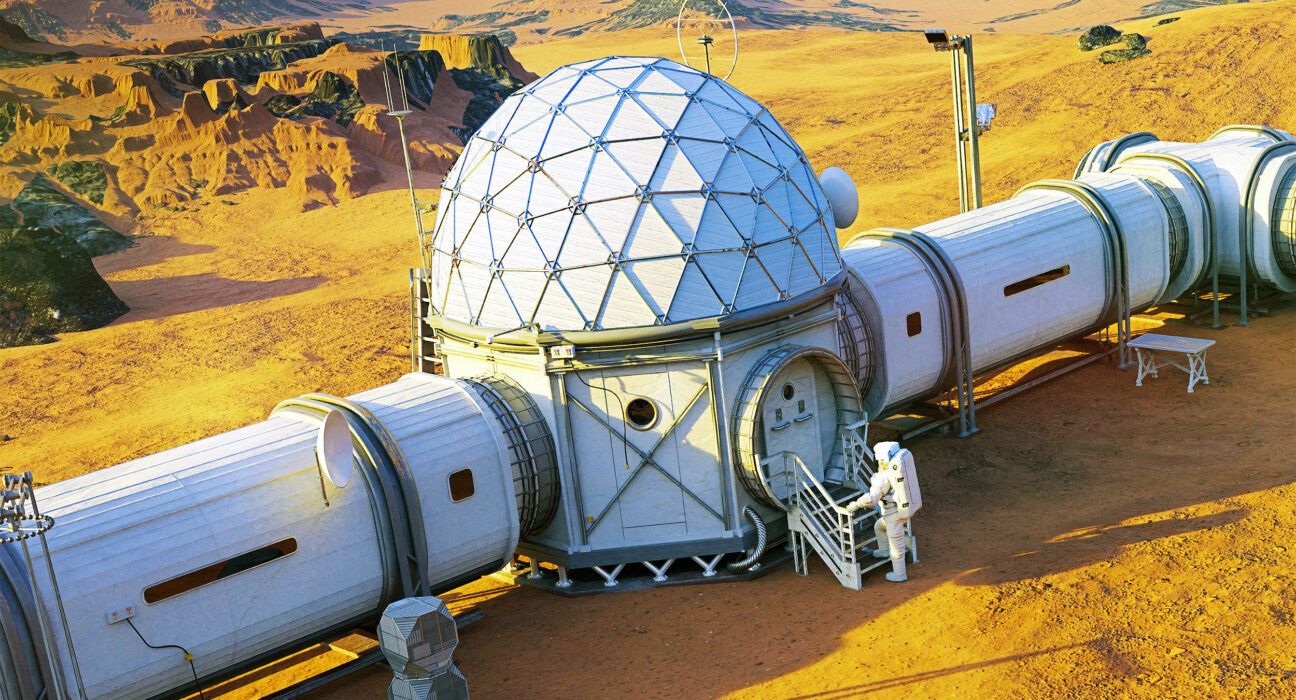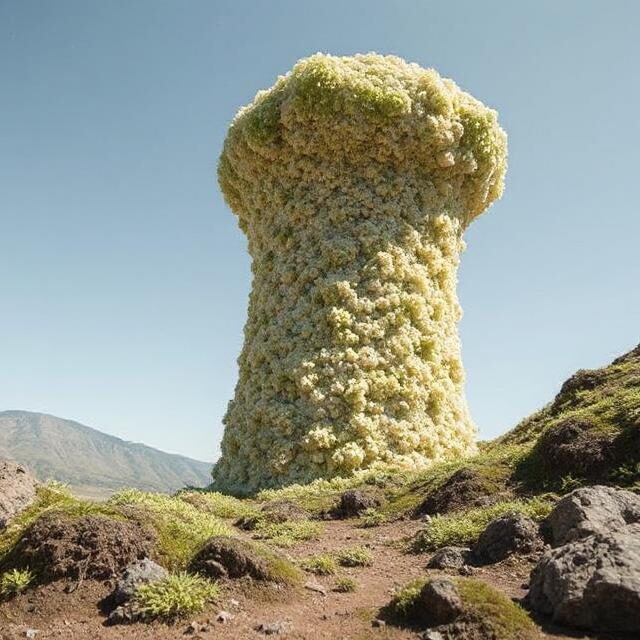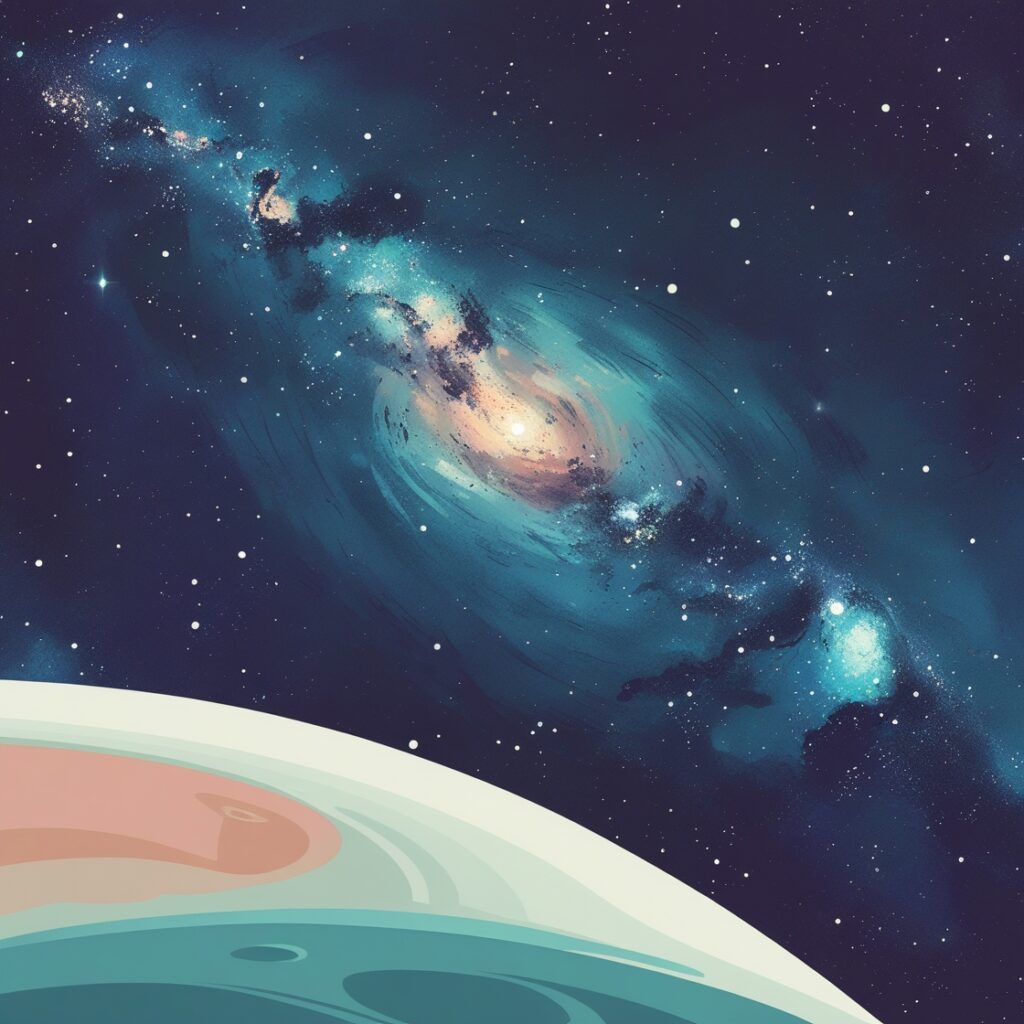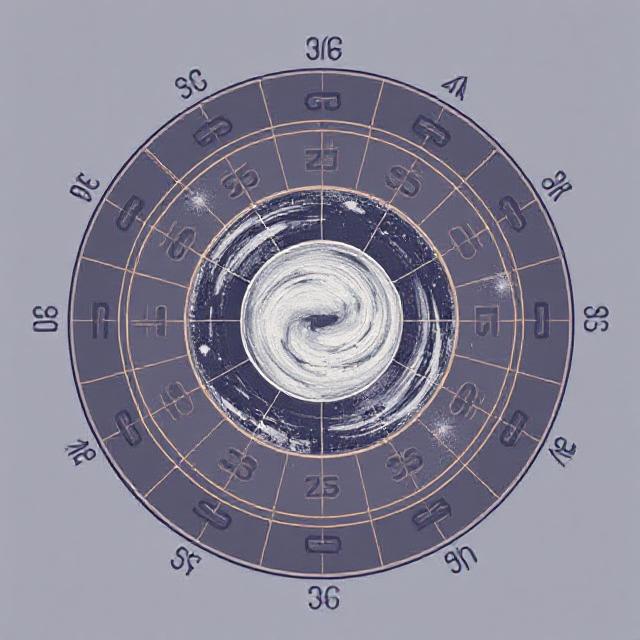Cultivating Fungal Habitats for Space Exploration


Growing Space Habitats: The Future of Mycelium Architecture
The fusion of biology and technology often evokes images from science fiction, where advanced civilizations manipulate living organisms for their purposes. However, humans are now stepping into that realm, harnessing nature’s capabilities in innovative ways. One groundbreaking initiative, funded by NASA, aims to explore the potential of cultivating habitats in space using fungi.
A Vision for Extraterrestrial Living
Imagine a colony on Mars constructed not from transported materials, but grown organically from the ground up. This visionary concept is being developed through NASA’s Innovative Advanced Concepts (NIAC) program, which supports futuristic and experimental projects. Among these, the Mycotecture Off Planet project, led by Lynn Rothschild at NASA’s Ames Research Center, focuses on the use of mycelium—the root structure of fungi—to create living spaces on other planets.
The Need for Sustainable Construction
Traditional methods for constructing habitats in space resemble a turtle carrying its shell—efficient but costly. Rothschild emphasizes this, stating that transporting full habitats from Earth incurs immense energy and financial burdens. Instead, creating habitats using local resources is a more sustainable approach. This concept aligns with in situ resource utilization, which leverages materials found at the destination, such as regolith and water ice, to build structures.
Why Mycelium?
When considering materials for construction, why focus on fungi? Typically associated with mushrooms, the true power of fungi lies in their mycelium. This underground network allows mushrooms to thrive and can be manipulated to form strong structures. Mycelium grows rapidly and can adapt its shape based on available nutrients, making it an ideal candidate for building materials.
As Merlin Sheldrake notes in his book “Entangled Life,” mycelium can be cultivated into various forms, including bricks that surpass concrete in strength and insulation. This versatility makes mycelium a compelling choice for habitat construction in space.
Beyond Basic Structures


The applications of mycelium extend beyond just walls and roofs. The Mycotecture Off Planet initiative envisions using mycelium for various functions, including water filtration, humidity control, and even self-repair capabilities. This multifaceted approach to habitat design could enhance the livability of extraterrestrial environments.
Creating Habitats on Other Worlds
The project’s plan involves astronauts arriving with a lightweight, compact structure embedded with dormant fungi. Once on Mars or the Moon, they would introduce water and nutrients to awaken the fungi, allowing mycelium to grow and form a habitat. However, sourcing nutrients poses a challenge. Here on Earth, companies like Ecovative Design use agricultural waste to nourish mycelium, but such resources would be scarce on other planets.
To overcome this obstacle, researchers are exploring the use of cyanobacteria—microorganisms capable of converting sunlight, water, and carbon dioxide into nutrients for fungi. These extremophiles could thrive in harsh extraterrestrial environments, making them ideal partners in developing sustainable habitats.
The Blueprint for Mycotecture
The envisioned habitat would consist of a three-layer dome: the outer layer of water ice, a middle layer of cyanobacteria, and the innermost layer of mycelium. This design not only provides essential resources but also ensures that astronauts have breathable air and food for the fungi.
Rothschild’s team is also mindful of planetary protection, implementing measures to prevent contamination of Mars. This includes genetically modifying fungi to ensure they cannot survive outside their designated habitats, preserving the integrity of potential extraterrestrial ecosystems.
The Future of Mycelial Architecture
While much of this groundbreaking research is still in its early stages, the Mycotecture Off Planet project has already achieved significant milestones, including the development of a prototype habitat. As NASA continues to support this innovative project, the possibilities for mycelium extend beyond space exploration.
Research into mycelial structures could lead to rapid, cost-effective construction solutions on Earth, particularly in areas facing poverty or disaster. The U.S. military is also investigating these technologies for immediate shelter solutions in conflict zones.
As we look toward the future, it’s evident that mycelium holds the key to not only revolutionizing our approach to space but also transforming our methods of construction and sustainability here on Earth. Whether it’s mycelium-based faux leather wallets or stunning fungal sculptures, the potential applications are vast. The journey into the cosmos may indeed be paved with fungi.
By embracing the innovative potential of mycelium, we stand on the brink of redefining habitats in space and creating sustainable solutions for our planet. With continued research and development, the future of mycelial architecture is bright, promising a world where nature and technology coexist harmoniously.










